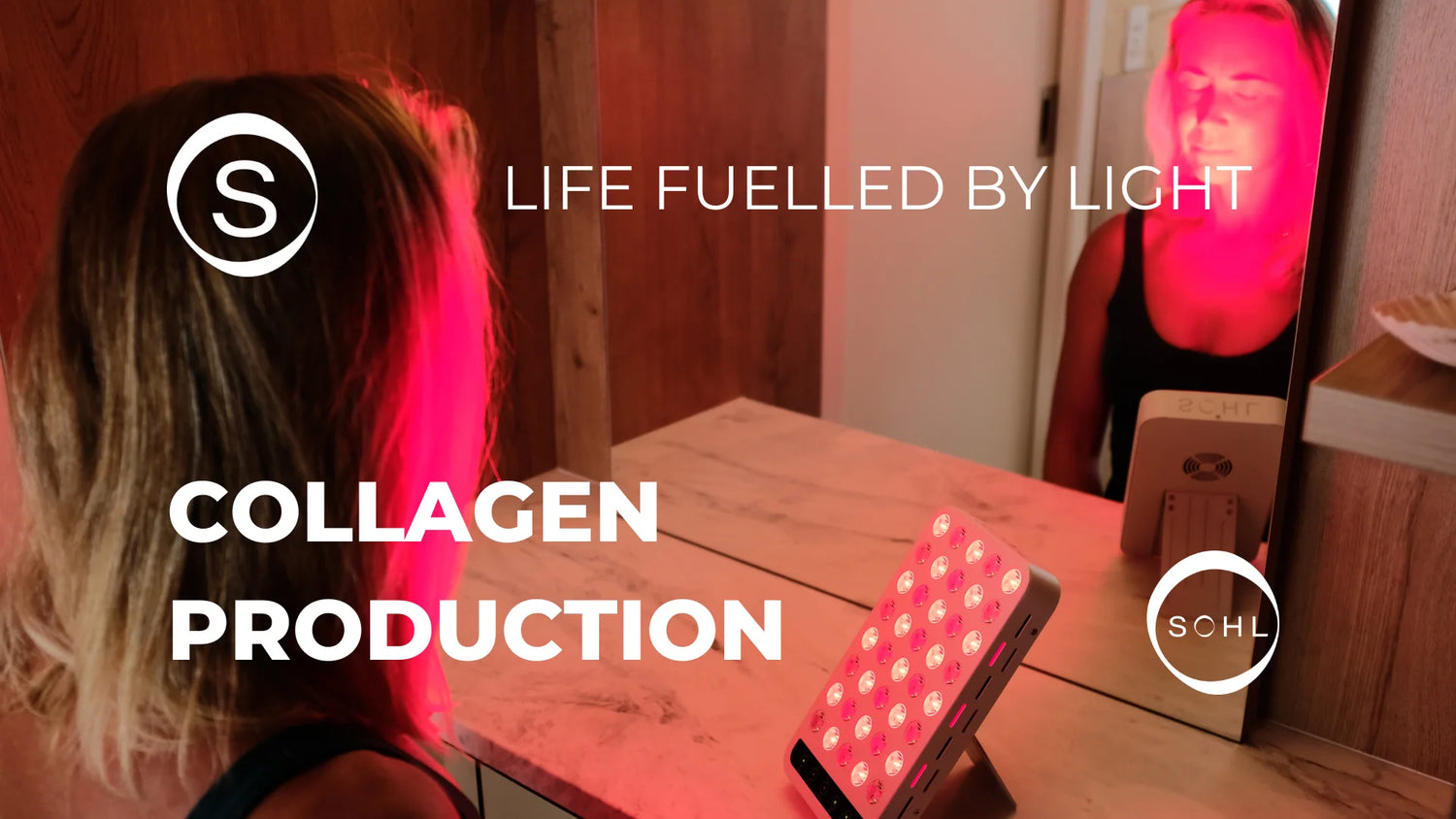Red light therapy is a popular treatment for anti-aging, and for good reason. This non-invasive, painless treatment uses red wavelengths of light to penetrate the skin and stimulate the production of collagen, which provides structure and elasticity to our skin. But how does red light therapy work, and what does the scientific research say about its effectiveness for anti-aging?
The Science Behind Red Light Therapy
Red light therapy works by stimulating the production of ATP, which is the energy source for our cells. When red light penetrates the skin, it is absorbed by the mitochondria in our cells, which then produces more ATP. This increased energy production helps to improve the health of our cells, which can lead to a variety of benefits for the skin, including improved collagen production, reduced inflammation, and increased blood flow.
Collagen is a protein that provides structure and elasticity to our skin. As we age, our bodies produce less collagen, which can lead to the formation of wrinkles and fine lines. Red light therapy stimulates the production of collagen, which can help to improve the texture and appearance of the skin.
In addition to its effects on collagen production, red light therapy also has anti-inflammatory properties. Inflammation is a natural response to injury or infection, but chronic inflammation can contribute to a variety of health problems, including premature aging. Red light therapy has been shown to reduce inflammation in the skin, which can help to prevent or reduce the appearance of wrinkles and fine lines.
The Scientific Research on Red Light Therapy for Anti-Aging
Numerous studies have been conducted to examine the effectiveness of red light therapy for anti-aging. A study published in the Journal of Cosmetic and Laser Therapy found that red light therapy improved the appearance of fine lines and wrinkles in 90% of the participants. Another study published in the Journal of Investigative Dermatology found that red light therapy reduced the appearance of wrinkles and fine lines in the skin by up to 36%.
Red light therapy has also been shown to improve the texture and tone of the skin. A study published in the journal Photomedicine and Laser Surgery found that red light therapy improved skin roughness, as well as intradermal collagen density. Another study published in the journal Dermatologic Surgery found that red light therapy improved skin tone and texture, as well as reducing the appearance of pores.
Conclusion
Red light therapy is a safe and effective treatment for anti-aging. Its ability to stimulate collagen production, reduce inflammation, and improve blood flow make it a promising solution for those looking to improve the health and appearance of their skin. While results may vary depending on the individual, most people see improvement in their skin's texture and appearance after several weeks of treatment.
If you're interested in trying red light therapy for yourself, it's important to choose a reputable provider with trained professionals who can guide you through the process. Additionally, it's essential to be consistent with your treatments to see the best results. With the growing body of scientific evidence supporting its use, red light therapy is a promising solution for those looking to fight the signs of aging and improve their skin's overall health and appearance.
References:
Avci, P., Gupta, A., Sadasivam, M., Vecchio, D., Pam, Z., & Pam, N. (2013). Low-level laser (light) therapy (LLLT) in skin: stimulating, healing, restoring. Seminars in Cutaneous Medicine and Surgery, 32(1), 41-52.
Lee, S. Y., Park, K. H., Choi, J. W., et al. (2007). A prospective, randomized, placebo-controlled, double-blinded, and





